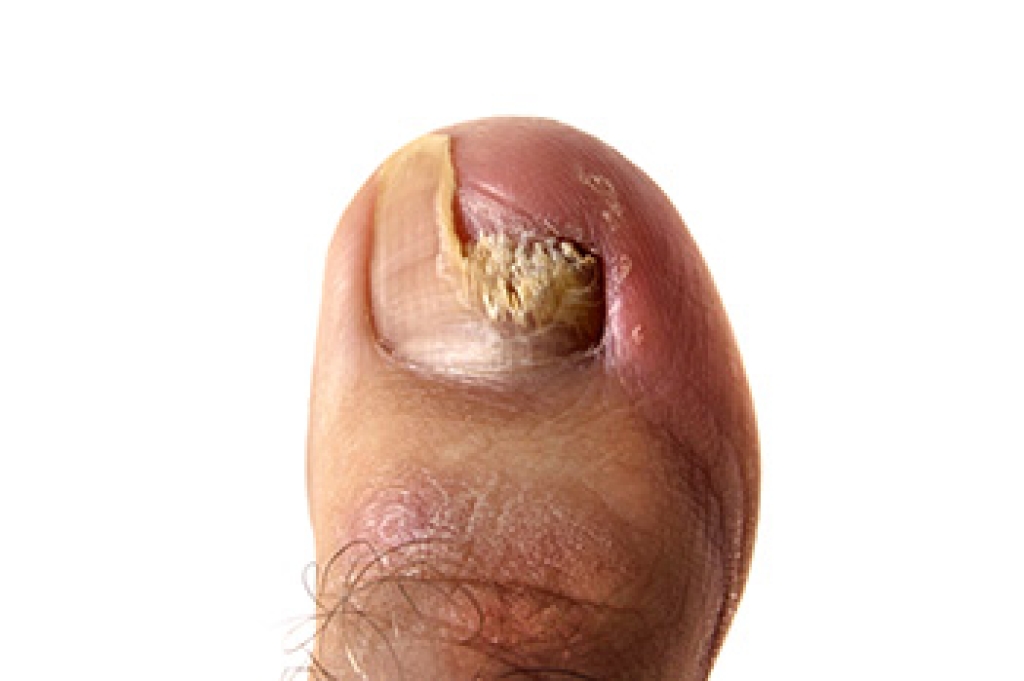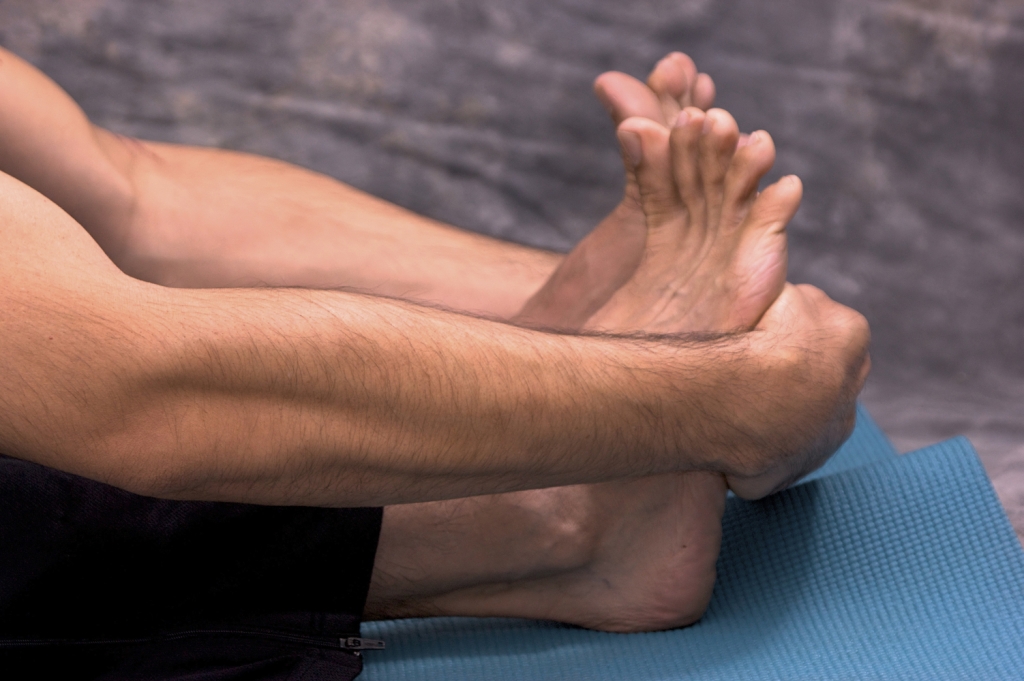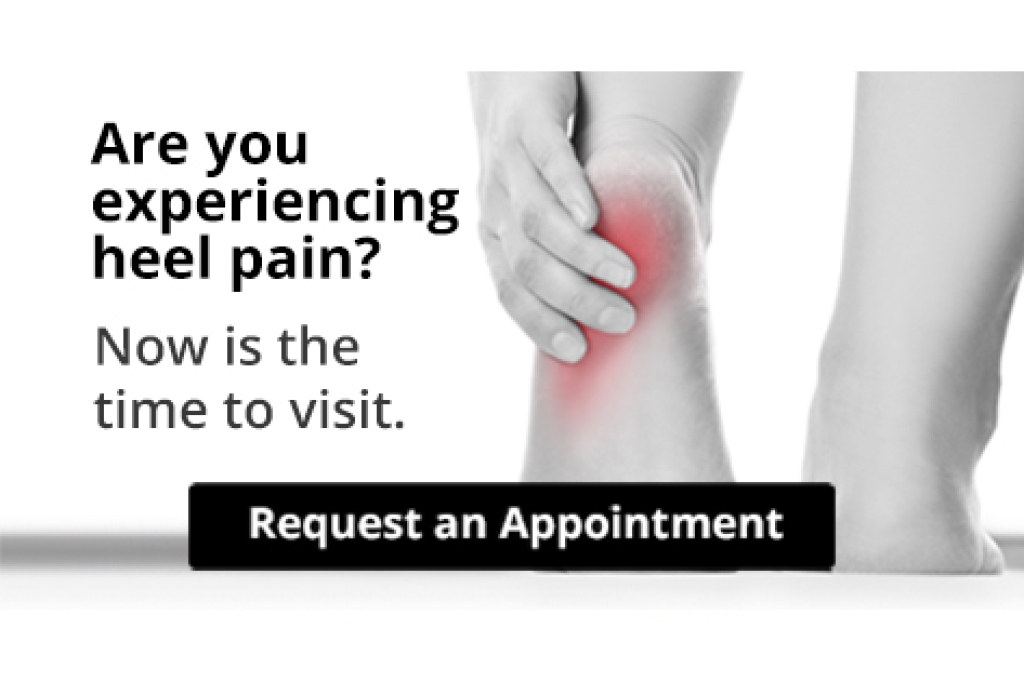
Ankle sprains are common in football due to sudden changes in direction, tackles, uneven surfaces, and high-impact movements. Symptoms include pain, swelling, bruising, and difficulty walking or bearing weight. Sprains are classified by severity. First degree involves mild ligament stretching with minimal swelling and usually recovers within one to two weeks. Second degree includes partial ligament tears, moderate swelling and bruising, and may take three to six weeks to heal. Third degree is a complete tear, causing severe pain, instability, and requiring six to twelve weeks or longer for recovery. A podiatrist can assess the injury, provide bracing or supportive devices, recommend rehabilitation exercises, and guide a safe return to play. If you have sustained an ankle injury, it is suggested that you consult a podiatrist who can provide an accurate diagnosis and offer effective treatment solutions.
Sports related foot and ankle injuries require proper treatment before players can go back to their regular routines. For more information, contact one of our podiatrists of Lakeside Foot and Ankle Center. Our practitioners can provide the care you need to keep you pain-free and on your feet.
Sports Related Foot and Ankle Injuries
Foot and ankle injuries are a common occurrence when it comes to athletes of any sport. While many athletes dismiss the initial aches and pains, the truth is that ignoring potential foot and ankle injuries can lead to serious problems. As athletes continue to place pressure and strain the area further, a mild injury can turn into something as serious as a rupture and may lead to a permanent disability. There are many factors that contribute to sports related foot and ankle injuries, which include failure to warm up properly, not providing support or wearing bad footwear. Common injuries and conditions athletes face, including:
- Plantar Fasciitis
- Achilles Tendinitis
- Achilles Tendon Rupture
- Ankle Sprains
Sports related injuries are commonly treated using the RICE method. This includes rest, applying ice to the injured area, compression and elevating the ankle. More serious sprains and injuries may require surgery, which could include arthroscopic and reconstructive surgery. Rehabilitation and therapy may also be required in order to get any recovering athlete to become fully functional again. Any unusual aches and pains an athlete sustains must be evaluated by a licensed, reputable medical professional.
If you have any questions please contact our offices located in Leesburg and The Villages, FL . We offer the newest diagnostic and treatment technologies for all your foot and ankle needs.




